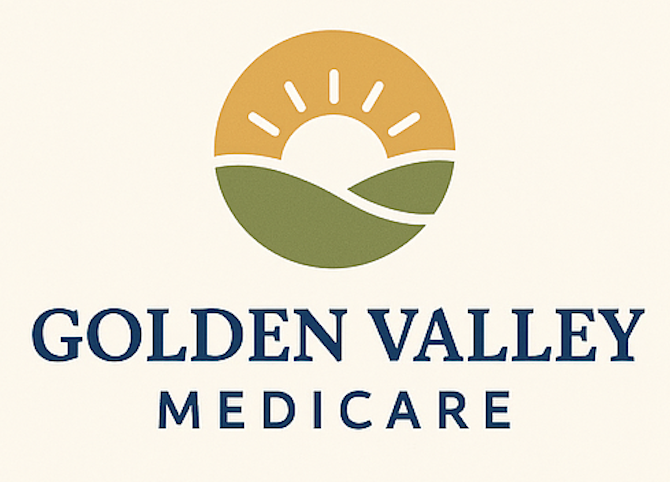Trying to understand Medicare? You’re not alone.
We explain the fine print so you can focus on what really matters — celebrating and living life.
We’ve provided information for you to look through concerning our most frequently asked questions, but when it comes to enrolling and what you should really consider, we recommend a non-committal discussion with our team to evaluate your personal situation.
We want to give you peace of mind once your selections are made that you are covered for what you need.
Reach out to sechedule your discussion, even if you’re not ready for enrollment — we’re here to help!
-
Most people become eligible for Medicare when they turn 65. Your Initial Enrollment Period (IEP) lasts seven months—starting three months before your 65th birthday and ending three months after. You may qualify for earlier enrollment if you:
Receive Social Security Disability benefits
Are diagnosed with ALS (Lou Gehrig’s disease)
Have End-Stage Renal Disease (ESRD)
-
It depends. If you're still working and have health insurance through your employer (or your spouse's), you may not need to enroll in Medicare right away. But it’s important to understand how your employer coverage works with Medicare. In some cases, Medicare may become your secondary coverage. If your employer has fewer than 20 employees, Medicare may become primary, and delaying could lead to late penalties.
Our advice: Let’s talk. We’ll help you review your current coverage and decide the right time to enroll.
-
When it comes to Medicare, you have options. Original Medicare is the traditional federal program that includes Part A (hospital coverage) and Part B (medical coverage). In contrast, Medicare Advantage (Part C) is offered by private insurance companies as an all-in-one alternative to Original Medicare. Medicare Advantage plans cover everything included in Parts A and B, and most also include Part D prescription drug coverage along with additional benefits like dental, vision, hearing, and wellness programs.
-
Part A – Inpatient/hospital coverage
Part B – Outpatient/medical coverage
Part C – Medicare Advantage: Combines Parts A, B, and usually D into a single plan offered by private insurers
Part D – Prescription drug coverage (standalone or included with Medicare Advantage)
-
Medicare Advantage (Part C) is an all-in-one plan offered by private insurers. It usually includes Part A, Part B, and often Part D (prescription coverage), plus extras like dental, vision, hearing, and fitness.
Medigap (Medicare Supplement) works alongside Original Medicare to cover things like deductibles and copays. It doesn’t include prescription drug coverage—you’ll need to add a separate Part D plan.
Bottom line:
Want all-in-one simplicity and extra benefits? Medicare Advantage may be for you.
Prefer more provider flexibility and predictable costs? Medigap could be a better fit.
We’ll walk you through both options to find what fits your health needs and budget. description
-
Original Medicare (Parts A & B) does not cover routine dental, vision, or hearing services. That means no coverage for cleanings, glasses, or hearing aids.
However—many Medicare Advantage plans do include coverage for these benefits. You can also purchase separate dental or vision insurance if you're staying on Original Medicare.
We’ll help you find a plan that includes the benefits that matter to you.
-
Your income can impact what you pay for Medicare, especially for Part B premiums and Part D drug plans. Higher-income individuals may pay an Income-Related Monthly Adjustment Amount (IRMAA).
On the other hand, if your income is lower, you might qualify for cost-saving programs like:
Extra Help (Low-Income Subsidy) for prescription drugs
Medicare Savings Programs to help pay Part B premiums
Good news: We can check your eligibility for savings programs and make sure you're not overpaying.
-
Yes. You can make changes to your Medicare plan during certain times of the year:
Annual Open Enrollment: October 15 – December 7
Medicare Advantage Open Enrollment: January 1 – March 31
Special Enrollment Periods (SEPs): Triggered by life events such as moving, losing employer coverage, or other qualifying circumstances

